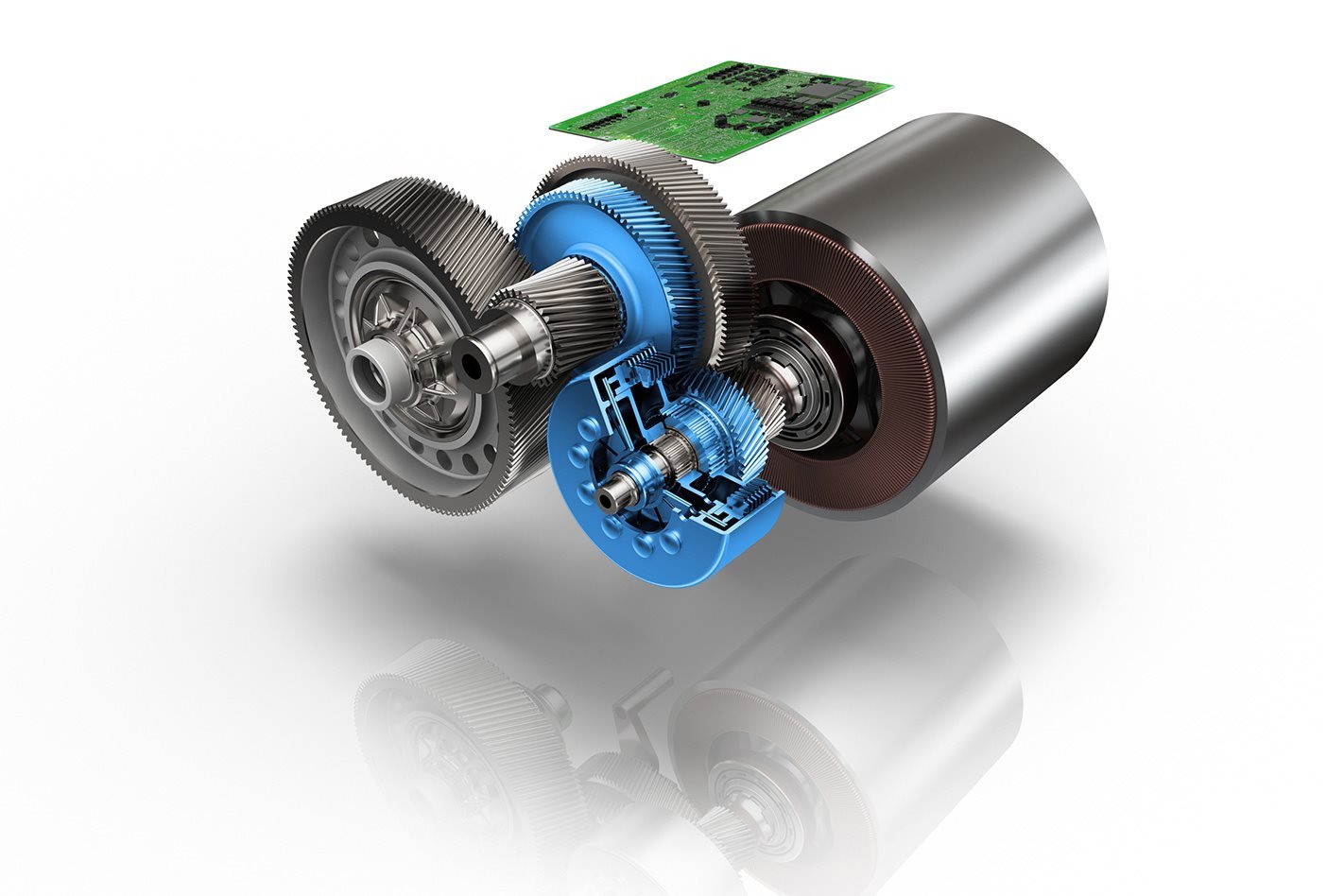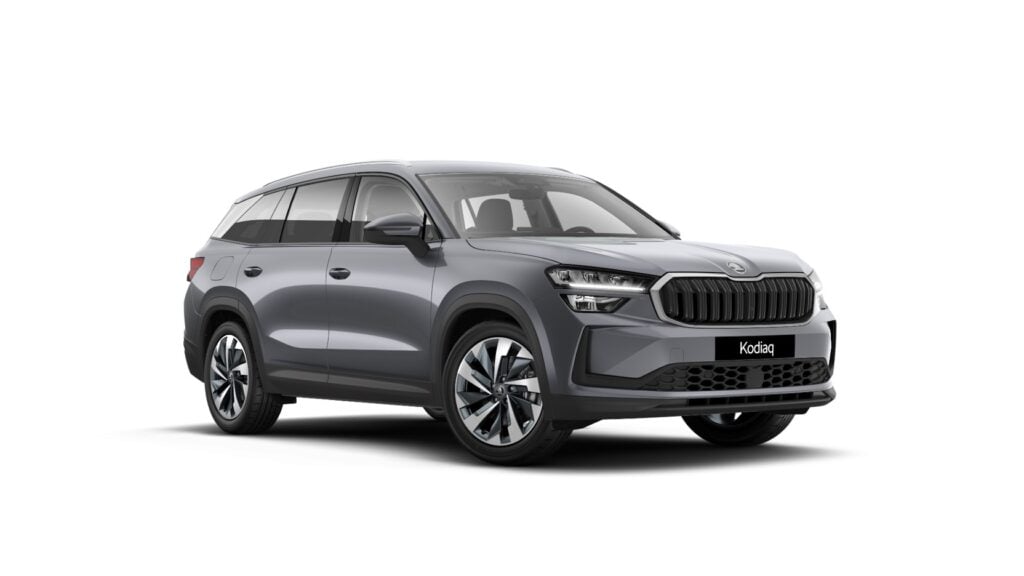We’re lucky to have such a beautiful backyard to explore here in Australia but if you want to look at it with a low carbon footprint there’s a big hurdle in the way – the sheer scale of it. See, long distance travel and towing a caravan for miles are the Achilles heel of the electric vehicle.
But that might soon change with a new two-speed transmission electric motor unit developed by German transmission giant ZF. These are the guys that brought us the ubiquitous and wholly lovely eight-speed automatic fitted to just about every BMW you can buy.
Most electric cars below hyper performance machines use an economic single-speed reduction gear. As electric motors can provide full torque – usually around 300-400Nm from 0rpm – the lack of gears doesn’t really affect acceleration. In fact, getting to 100km/h is easy – it’s maintaining that speed that requires a lot of energy from the battery as the motor spins at high rpm. That’s where the new ZF unit comes into play.
Able to change into a second cog at 70km/h, it requires less energy to drive at higher speeds and aids with towing. The unit is an all-in-one part, with a 140kW electric motor, two-speed transmission and electronic componentry all in the one sealed box. While Tesla and BMW have similar units, they are single speed, and ZF will also open its doors to any manufacturer interested. And though multiple-gear electric motors are in production, they are the preserve of supercars.
In ZF’s new unit, the second gear is set to engage at 70km/h which suits the humble passenger cars, though the German manufacturer says it can use input data such as GPS positioning to decide the optimal speed at which the gears change. This allows for a variety of further applications such as performance tuning along with long distance efficiency.
Head of system house at ZF’s E-Mobility division, Bert Hellwig says the new unit increases high speed driving range by around five percent while retaining the low-end high torque qualities of electric motors.
“Until now, with electric motors, vehicle manufacturers have had to choose between high initial torque and a high top speed,” he said.
“We are now resolving this conflict and the new drive will be compatible for performance and heavier vehicles – for example for passenger cars towing a trailer.”
Everything you need to know about electric cars
“For electric vehicles, it is important to obtain as much range as possible for from each battery charge. Bringing together our know-how in relation to electric motors, gearboxes, and power electronics ensures that we achieve the best possible range from each battery charge.”





